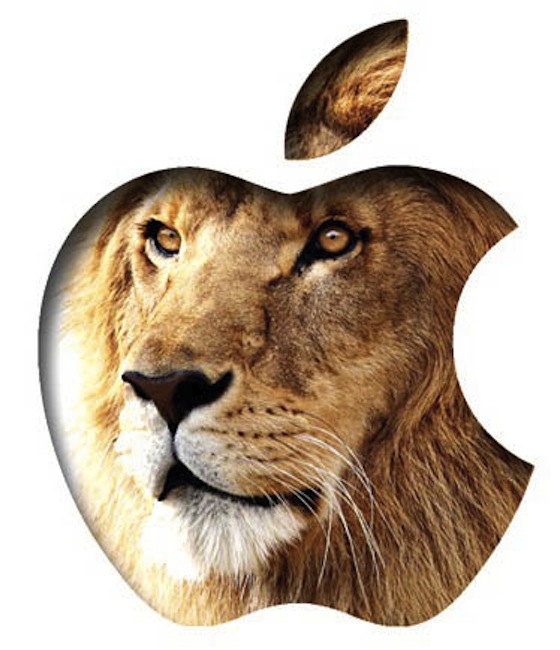

- #TI CONNECT MAC OS X LION INSTALL#
- #TI CONNECT MAC OS X LION MANUAL#
- #TI CONNECT MAC OS X LION PASSWORD#
- #TI CONNECT MAC OS X LION DOWNLOAD#
- #TI CONNECT MAC OS X LION FREE#
#TI CONNECT MAC OS X LION FREE#
mobileconfig file, you can create one using the iPhone Configuration Utility (iPCU) provided free of charge from Apple, which also creates and manages configurations for iOS devices - iPhones, iPod Touches, and iPads. If the network administrator doesn’t have a.
#TI CONNECT MAC OS X LION INSTALL#
If so, you can simply open that file in Mac OS X to install the 802.1X profile. mobileconfig file with the 802.1X settings that they can give you. If the network’s authentication server’s configuration settings don’t support simple connections or you want to use the Login Window or System methods provided by Mac OS X, you’ll have to manually configure the settings.įirst, ask the network administrator if he or she has a.
#TI CONNECT MAC OS X LION PASSWORD#
For the first connection, you’ll be prompted to verify the server certificate and asked to enter your Mac OS X account password to save the trust setting.Īsk an Administrator for a Configuration File You should then be prompted to enter the network credentials, your username and your password (provided by the network administrator).
#TI CONNECT MAC OS X LION MANUAL#
Manual configuration might not even be needed, based upon the EAP protocol and configuration of the network’s authentication server, and if you want to use the basic user login method.įirst, simply try connecting to the network by selecting it from the list on the AirPort menu in the upper-right corner of the desktop, like you would to connect to any Wi-Fi network. However, you can certainly still connect to Wi-Fi networks using Enterprise security with 802.1X authentication. You’ll still see an 802.1X tab in the Wi-Fi settings, but it only lets you view 802.1X profiles that have been imported, and select between them if there are multiple profiles. It’s not what you might be used to dealing with in Mac OS X 10.6 and earlier. If you upgraded to Mac OS X 10.7 Lion (or later) from 10.6 Snow Leopard (or earlier) and connect to Wi-Fi networks at work or school that use WPA/WPA2-Enterprise security, you may notice a difference when configuring your network settings.Īpple actually removed the capability to manually define the 802.1X authentication settings (required for the Enterprise security) from the user interface. Our wireless networking guru walks users through the changes. After that choose to install Lion from the menubar.Configuring a wireless network settings in Mac OS X Lion is a bit different than in older versions of the Mac OS. Once your Mac has booted from the recovery partition/usb you may have to pass a setup for your language preferences first. Upon boot you hold ⌥ and choose the recovery disk. Using this method, an install of Lion requires an internet connection. Apples offers the Lion Recovery Disk Assistant to create your own Lion install USB.This will display all options of where your Mac can boot from. The recovery partition exists on every Mac that came shipped with Lion or had Lion installed as a clean install. In order to directly boot into the recovery partition.
#TI CONNECT MAC OS X LION DOWNLOAD#
The OS X Lion download is about 4 GB large. OS X Lion isĭownloaded over the Internet from Apple when Lion Recovery is used for The Internet via Wi-Fi or an Ethernet connection. Reinstalling OS X Lion via Lion Recovery requires broadband access to Lion Recovery (requires internet connection) You can boot into your DVD or flash drive from there. Reboot into OS X and hold the option key when you hear the startup chime. Hit the “Apply” button and it will create your bootable USB drive. Hit the “Apply” button when you’re done to format your drive (note: it will erase everything on the drive).Ĭlick on the “Restore” tab, choose the InstallESD.dmg file as the source and your flash drive as the destination. You’ll need this to make the drive bootable on a Mac.


 0 kommentar(er)
0 kommentar(er)
